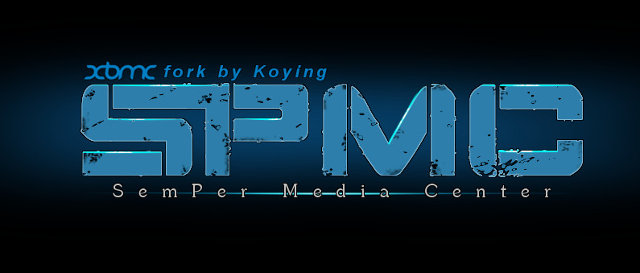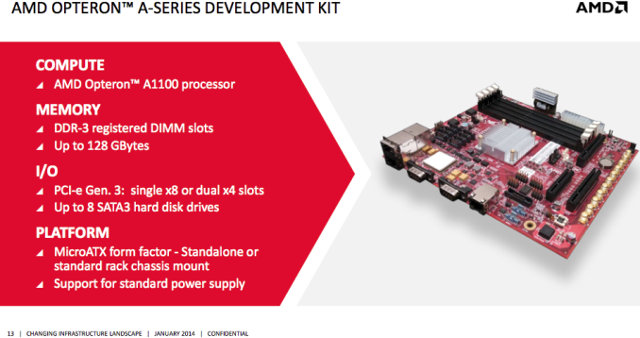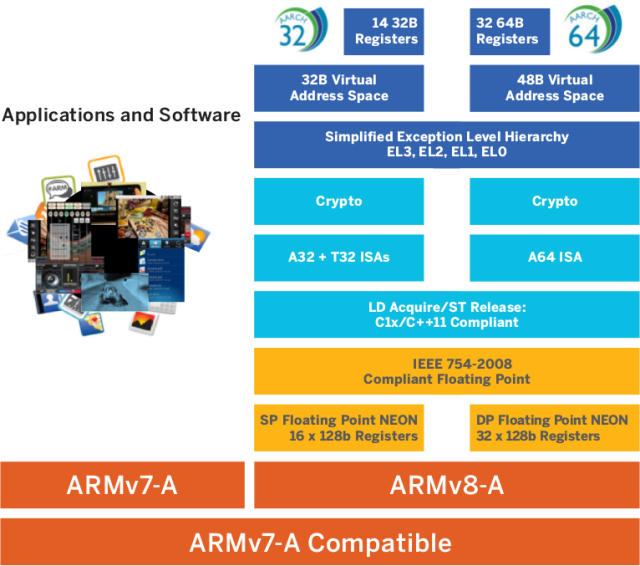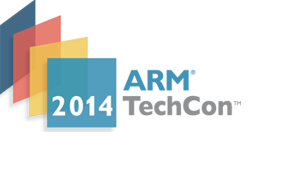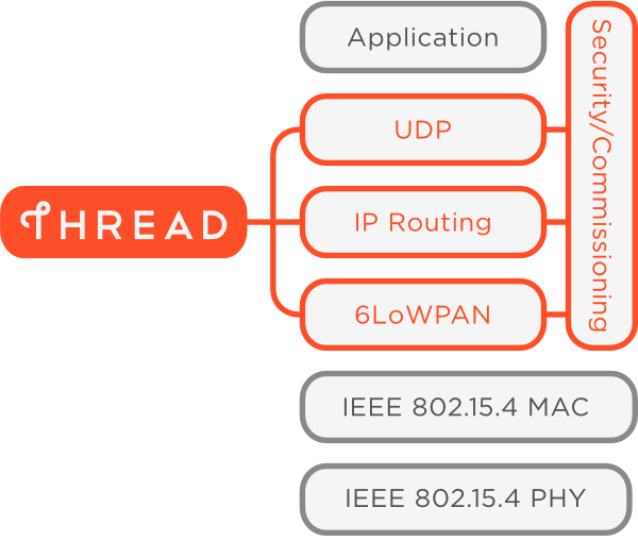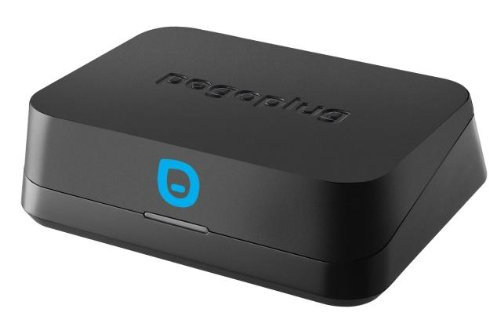MYIR MYD-IMX28X development boards and MYC-IMX28X CPU modules had been announced in May 2014, but I’ve just found out about them via the company’s newsletter. The CoMs are powered by Freescale i.MX28 ARM9 processors (i.MX283 or i.MX287), feature 128 MB RAM, 256 MB Flash, and connect to a baseboard to make the development boards. Target applications include smart gateways, human-machine interfaces (HMIs), handheld devices, scanners, portable medical, experimental education as well as other industrial applications. MYC-IMX28X CoMs MYC-IMX28X computer-on-module specifications: Processor – Freescale i.MX283 or i.MX287 ARM926EJ-STM processor up to 454MHz with 128KB SRAM, 128KB ROM, 1280 bits of OCOTP ROM, 16KB/32KB I and D Cache System Memory – 128MB DDR2 SDRAM Storage – 256MB NAND flash, 128KB SPI flash Connectivity – On-board Ethernet PHY Connectors – 2x 1.27mm pitch 2 x 40-pin SMT male expansion connectors with access to Ethernet – Up to 2 Ethernet (two for i.MX287, one for i.MX283) USB […]
SPMC is a Fork of XBMC Available on Google Play Store, Amazon AppStore
XBMC 13, released a few months ago, is the first official release to support hardware video decoding on many ARM based Android devices. However, although both XBMC Android apks for ARM and x86 can be downloaded from xbmc.org, Team-XBMC have decided not to publish XBMC for Android on app stores such as Google Play, partially because video hardware decoding is not yet fully working on all popular Android SoC platforms and devices, but also because of the upcoming name change from XBMC to Kodi. Since the code is open source under GPLv2, anybody can build it, and somebody published XBMC on Android as a paid app, which would have been legal if they changed the name, but as they used XBMC trademark, it has been removed since then. Seeing this, Chris Browet (Koying), one of XBMC developer, decided to fork XBMC, apply some patches not yet approved in mainline XBMC, […]
Linux 3.16 Released
Linus Torvalds announced the release of Linux Kernel 3.16 over the week-end: So nothing particularly exciting happened this week, and 3.16 is out there. And as usual (previous release being the exception) that means that the merge window for 3.17 is obviously open. And for the third time in a row, the timing sucks for me, as I have travel coming up the second week of the merge window. Many other core developers will be traveling too, since it’s just before the kernel summit in Chicago. So we’ll see how the next merge window goes, but I’m not going to worry about it overmuch. If I end up not having time to do all the merges, I might delay things into the week of the kernel summit, but I’ll hope to get most of the big merging done this upcoming week before any travel takes place, so maybe it won’t come […]
AMD Announces Availability of their $3,000 Opteron A1100-Series 64-bit ARM Development Kit
AMD Opteron A1100 Server SoCs, codenamed “Seattle”, come with four to eight ARM Cortex A57 cores, and earlier this year, the company unveiled both the processors and a development kit. You can now apply for “AMD Opteron A1100 Series 64-bit ARM developers kit”, and if you’re selected, you’ll “just” need to pay $2,999 to receive the board and related tools. The kit targets software and hardware developers, as well as early adopters in large datacenters. AMD Opteron A1100 Board hardware specifications: SoC – ARM Opeteron A1000 with 4 ARM Cortex-A57 cores System Memory – 2x Registered DIMM with 16 GB of DDR3 DRAM (upgradeable to 128GB) Storage – 8 Serial-ATA connectors Connectivity – Not mentioned, but there seems to be an RJ45 port on the pic, and another SFP cage, both probably 10 Gbit Ethernet since it’s the speed supported by Opteron A1100. Expansion slots – PCI Express connectors configurable […]
ARM and Qualcomm Release a New Guide About 32-bit to 64-bit SoCs
ARM and Qualcomm have been pretty successful with ARMv7 SoCs in the mobile space in recent years, and while 32-bit ARM (Aarch32) processors certainly have a few more years, both companies are now moving to 64-bit ARM (Aarch64 / ARMv8), and they released a document showing what has been achieved with ARMv7, the differences between ARMv7 and ARMv8, and new capabilities that will be attainable with 64-bit processing. The document covers the following: Introduction ARM Business Model The Mobile Computing Revolution (Tablets replacing Laptops) Android on ARMv7-A and ARMv8-A ARMv8-A Architecture Backward Compatibility to ARMv7-A ARM Cortex A-53 and Cortex-A57 ARM big.LITTLE Technology The Transition to the ARMv8-A Architecture (Fast Models, Tools, Linaro…) Qualcomm Technologies: Transitioning to 64-Bit with Integrated Mobile Design Custom and ARM Designed Processors: The Right Technology to Any Market Multiple Foundries, Flexible Production Flexible design practices in action (Performance, price point, development time. Snapdragon 410 vs […]
ARM TechCon 2014 Schedule – 64-Bit, IoT, Optimization & Debugging, Security and More
ARM Technology Conference (TechCon) 2014 will take place on October 1 – 3, 2014, in Santa Clara, and as every year, there will be a conference with various sessions for suitable engineers and managers, as well as an exposition where companies showcase their latest ARM based products and solutions. The detailed schedule for the conference has just been made available. Last year, there were 90 sessions organized into 15 tracks, but this year, despite received 300 applications, the organizers decided to scale it down a bit, and there will be 75 session in the following 11 tracks: Chip Implementation Debugging Graphics Heterogeneous Compute New Frontiers Power Efficiency Safety and Security Software Development and Optimization Software Optimization for Infrastructure and Cloud System Design Verification There are also some paid workshops that take all day with topics such as “Android (NDK) and ARM overview”, “ARM and the Internet of Things”, or “ARM […]
Thread is a New IP-based Wireless Protocol Leveraging 6LoWPAN and 802.15.4 Standards
Wi-Fi is a neat way to connect devices to Internet, but it has two main inconveniences: relatively high cost and power consumption. Luckily there are standards that addresses the cost and power consumption issues. Radio chips based on IEEE 802.15.4, a standard which specifies the physical layer and media access control for low-rate wireless personal area networks, are common place and found in many existing devices relying on higher level wireless protocols such as ZigBee, ISA100.11a, WirelessHART, and MiWi. AFAIK, Zigbee is the most popular of the aforementioned protocols, but is hindered by the requirements of the license for commercial products (annual fee), Zigbee membership requirements conflict with many open source license such as GPL, and the standard suffers from lack of interoperability and IPv6 support, and power requirements that are too high for some applications. So a consortium of seven companies namely ARM, Big Ass Fans, Freescale, Nest, Samsung, […]
The World’s Cheapest Linux Computer? Pogoplug Mobile Now Sells for $7
Somebody asked “Anyone knows a computer cheaper than a Raspberry Pi with a network interface?” on Google+ mini PCs community. Some OpenWRT routers such as TPLink WR703N selling for about $20, or the VoCore Wi-Fi module selling for about the same price (Wi-Fi only) were parts of the answers, and I also mentioned some HDMI TV dongles that now sell for around $35, which is still a little cheaper than the Raspberry Pi model B when one considers shipping. But I found the answer by dhead666 particularly interesting: Pogoplug Mobile goes for 7$ on Amazon and that includes psu and network cable. It run Linux great (I’m using Arch) but you will want to have a ttl-usb cable and soldering iron available in case you manage to mess u-boot (go to the doozan’s forums for more info about the u-boot). Let’s have a look. Pogoplug Mobile is not a new […]



